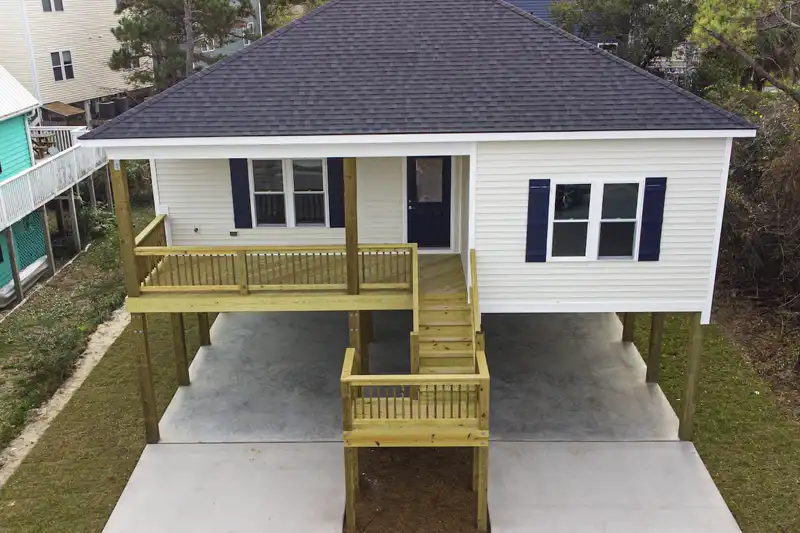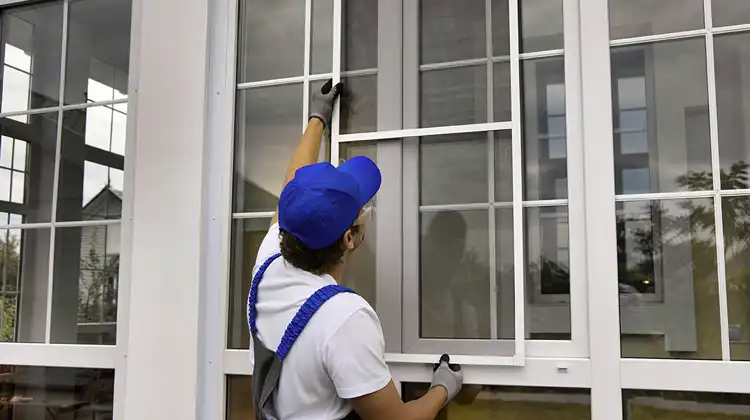
Laminated Veneer Lumber (LVL) has become a crucial building material in modern construction projects. LVL glue lumber offers numerous benefits, including high resistance to bending, making it ideal for structural applications. As a result, this engineered wood product has become popular in the new home construction industry. This article will explore the manufacture and use of LVL in residential buildings.
The Manufacturing Process of LVL Glue Lumber
- Sourcing and Preparing Raw MaterialThe production of LVL glue lumber starts with selecting high-quality logs, usually from fast-growing, sustainable softwood species such as pine or poplar. The logs are debarked, cut to size and then transported to the mill for further processing.
- Peeling and SlicingAt the mill, the logs are cut into thin veneers using a lathe, which rotates the log against a blade. The veneers have a standard thickness of around 2-4mm.
- Drying and GradingThe veneers are then dried to a moisture content of 6 - 12%, preventing any future warping or splitting issues. The drying process ensures uniformity and improves the bonding ability with adhesives. Once dried, each veneer is individually inspected and graded for quality, ensuring only high-grade veneers are used for LVL creation.
- Gluing and AssemblingNext, the veneers are coated with an adhesive, typically a phenol-formaldehyde resin or a melamine-urea-formaldehyde resin, which is specifically formulated to provide a strong bond between the veneers. The coated veneers are subsequently layered parallel to each other and then assembled into a press-ready “lay-up”.
- Pressing and CuringIn an industrial hydraulic or pneumatic press, the lay-ups are subjected to high pressure and temperature, typically around 130°C to 190°C. This process bonds the veneers to create a homogenous product. The curing duration depends on the adhesive type, and it usually ranges from a few minutes to an hour.
- Cutting and FinishingOnce the curing process has been completed, the LVL glue lumber is trimmed to its final size and inspected for quality. The finished product can then be cut to exact specifications and transported to its final application, be it new home construction or other structural purposes.
LVL in New Home Construction
Laminated Veneer Lumber is preferred for its numerous advantages in new home construction. These benefits include:
- Strength and Dimensional StabilityLVL glue lumber demonstrates superior strength and dimensional stability compared to traditional lumber. It can bear heavy loads over long spans, making it ideal for framing, beams, headers, and floor joists in residential buildings.
- Resistance to Warping and ShrinkageEngineered wood products, like LVL, have a high resistance to warping or twisting. This characteristic ensures that the structure maintains consistent dimensions and remains straight throughout its lifespan.
- Eco-Friendly and SustainableThe manufacturing process of LVL is resource-efficient as it utilizes every part of the wood. Additionally, LVL can be made from fast-growing, renewable wood sources, which makes it a more environmentally friendly choice compared to traditional lumber.
- Design FlexibilityLVL can be manufactured into large panels or custom sizes, providing architects and builders with design flexibility. Homeowners are also afforded a wide range of customization options, allowing them to achieve the desired aesthetic and functional elements in the final construction.
Conclusion
The manufacturing and utilization of LVL glue lumber have significantly impacted modern home construction, permitting more innovative and eco-friendly designs. With its high strength, stability, and sustainability, LVL has become an essential choice for new home construction, making it a material destined to continue shaping the future of the building industry.






